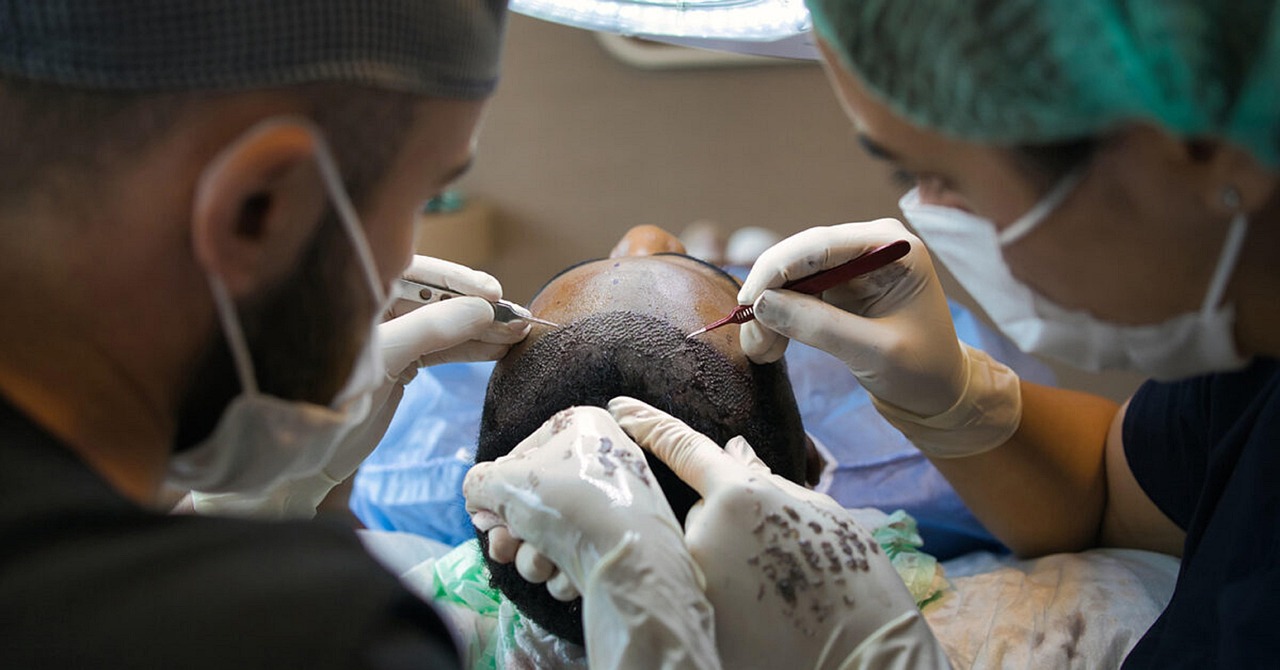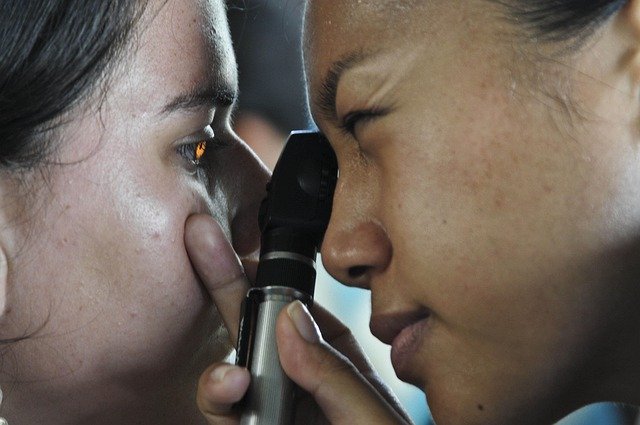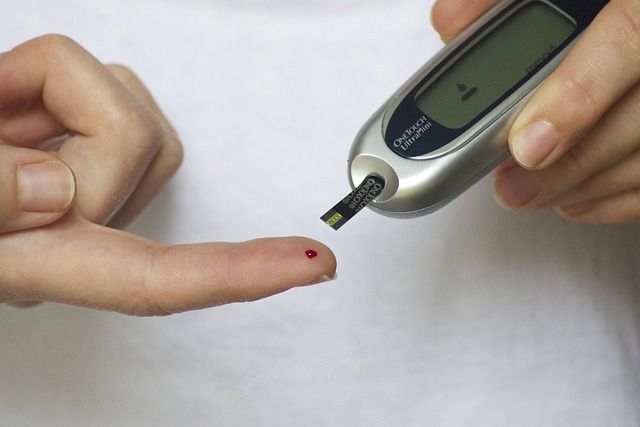A Complete Guide to Breast Lift Surgery: Techniques and Outcomes
A breast lift, medically known as mastopexy, is a surgical procedure designed to raise and reshape sagging breasts by removing excess skin and tightening the surrounding tissue. Unlike breast augmentation, which increases breast size, a breast lift focuses on restoring a more youthful breast position and contour. This procedure has become increasingly common among women seeking to address changes in their breast appearance due to factors such as pregnancy, breastfeeding, weight fluctuations, aging, or genetics.

Different Techniques Used in Breast Lift Surgery
Breast lift procedures vary based on the degree of sagging (ptosis) and the desired outcome. Surgeons typically use one of several established techniques, each with distinct incision patterns and approaches:
-
Crescent Lift: This minimal technique involves a small incision along the upper half of the areola edge. It’s suitable for patients with very mild sagging who may be undergoing breast augmentation simultaneously.
-
Periareolar (Donut) Lift: This technique uses a circular incision around the entire areola, making it appropriate for patients with mild to moderate sagging. The resulting scar circles the areola, making it less noticeable.
-
Vertical (Lollipop) Lift: Combining a periareolar incision with a vertical incision from the bottom of the areola to the breast crease, this technique addresses moderate sagging by allowing greater reshaping capability.
-
Inverted-T (Anchor) Lift: Reserved for significant ptosis, this comprehensive technique uses three incisions: around the areola, vertically down to the breast crease, and horizontally along the crease. While leaving more noticeable scars, it provides the most dramatic lifting and reshaping results.
Each technique offers different benefits regarding scarring, degree of lift achieved, and suitability for various breast sizes and shapes.
Cost Factors and Financing Options
The cost of breast lift surgery varies considerably based on multiple factors that patients should account for when budgeting for this procedure.
Primary cost factors include the surgeon’s experience and reputation, geographic location, facility fees, anesthesia fees, and the complexity of the specific technique required. In the United States, the average cost typically ranges from $5,000 to $10,000 for the procedure alone.
Additional expenses may include:
-
Pre-operative medical tests: $200-$500
-
Post-operative garments: $50-$150
-
Prescription medications: $50-$100
-
Follow-up visits (if not included in surgical fee)
Many plastic surgeons offer financing options to help patients manage these costs. Common payment approaches include:
-
Medical credit cards (CareCredit, Alphaeon)
-
In-house payment plans offered by the surgical practice
-
Personal loans from financial institutions
-
Health savings accounts (HSAs) or flexible spending accounts (FSAs) for qualified expenses
| Payment Option | Interest Rates | Typical Term Length | Special Features |
|---|---|---|---|
| Medical Credit Cards | 0% promotional to 26.99% | 6-60 months | Deferred interest promotions |
| In-House Financing | Varies by practice | 3-24 months | May require down payment |
| Personal Loans | 5.99%-35.99% | 12-60 months | Fixed monthly payments |
| HSA/FSA | N/A | N/A | Tax advantages |
Prices, rates, or cost estimates mentioned in this article are based on the latest available information but may change over time. Independent research is advised before making financial decisions.
Insurance typically does not cover breast lift surgery as it’s considered cosmetic rather than medically necessary. However, if the procedure addresses functional issues or is part of breast reconstruction, partial coverage might be available.
Preparing for the Procedure: What to Expect
Preparation for breast lift surgery begins several weeks before the operation and involves multiple steps to ensure safety and optimal results.
During your initial consultation, your surgeon will evaluate your overall health, breast anatomy, and discuss your goals. They’ll likely take photographs, explain the procedure, and outline potential risks. Being honest about your medical history, medications, smoking habits, and expectations is crucial for a successful outcome.
In the weeks leading up to surgery, you may need to:
-
Complete medical tests: Blood work and possibly a mammogram depending on your age and history.
-
Adjust medications: Some medications and supplements that increase bleeding risk may need to be temporarily discontinued.
-
Stop smoking: Smoking impairs healing and should be stopped at least four weeks before and after surgery.
-
Prepare your home: Set up a recovery area with necessities within easy reach, fill prescriptions, and arrange for help during the initial days of recovery.
The day before surgery, you’ll typically need to:
-
Avoid eating or drinking after midnight
-
Shower with an antibacterial soap as directed
-
Remove nail polish and jewelry
-
Arrange transportation to and from the surgical facility
On the day of surgery, the procedure typically takes 2-3 hours under general anesthesia. You’ll wake up wearing a surgical bra or elastic bandages to support your breasts and minimize swelling.
Recovery and Expected Outcomes
Recovery from breast lift surgery occurs in stages over several weeks. Immediately after surgery, patients experience swelling, bruising, and discomfort managed with prescribed pain medications. Most can return to light activities within 1-2 weeks but should avoid strenuous exercise for 4-6 weeks.
The final results of a breast lift become apparent as swelling diminishes, typically within 2-3 months. Patients can expect:
-
Higher, firmer breast position
-
Improved breast shape and symmetry
-
Repositioned nipples and areolas
-
More proportionate breast contours
While scars are inevitable, they typically fade significantly over 12-18 months. Results are long-lasting but not permanent, as natural aging and gravity continue to affect breast tissue. Maintaining stable weight and wearing supportive bras can help prolong results.
Most patients report high satisfaction rates with breast lift outcomes, often noting improved body image, clothing fit, and physical comfort.
This article is for informational purposes only and should not be considered medical advice. Please consult a qualified healthcare professional for personalized guidance and treatment.




